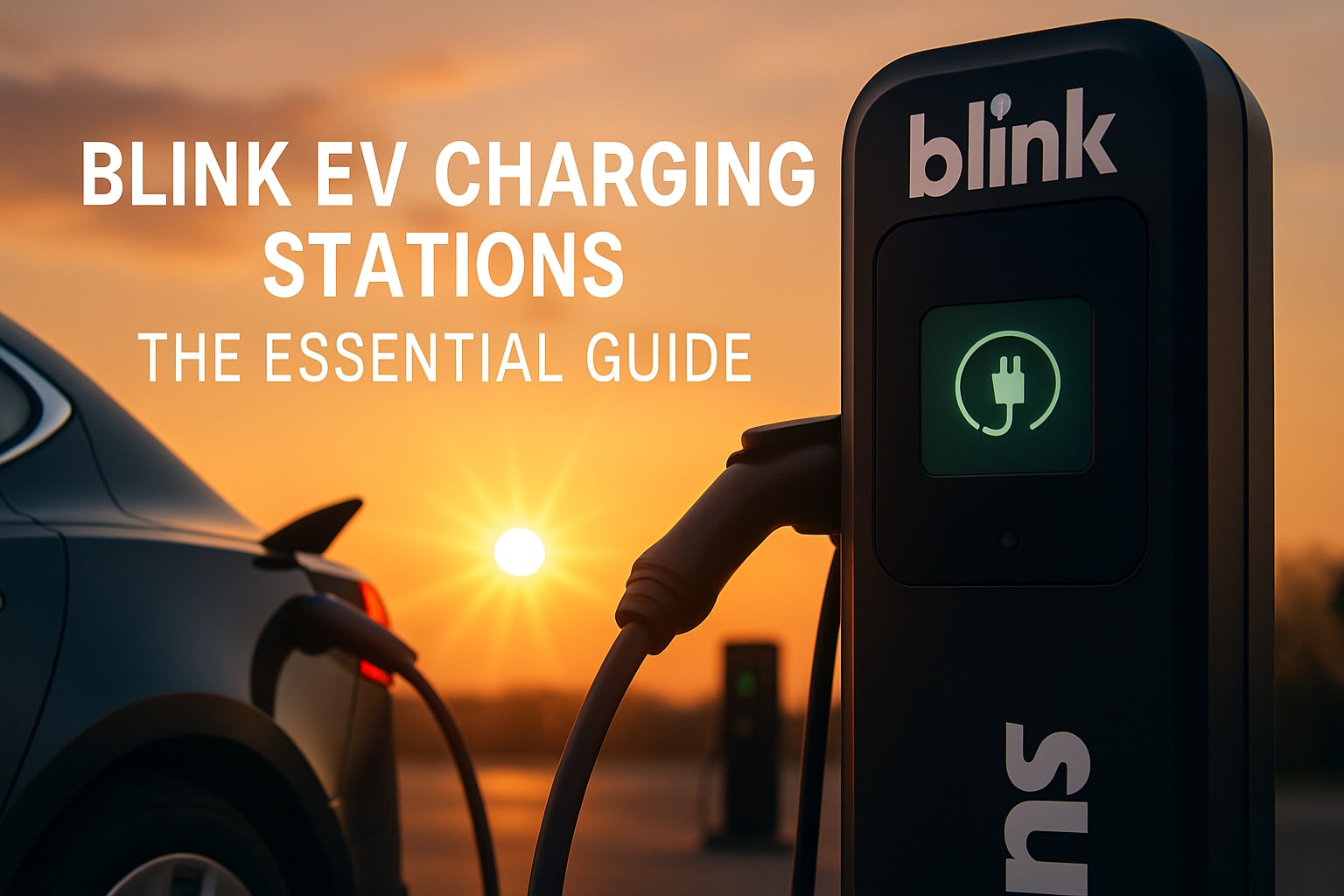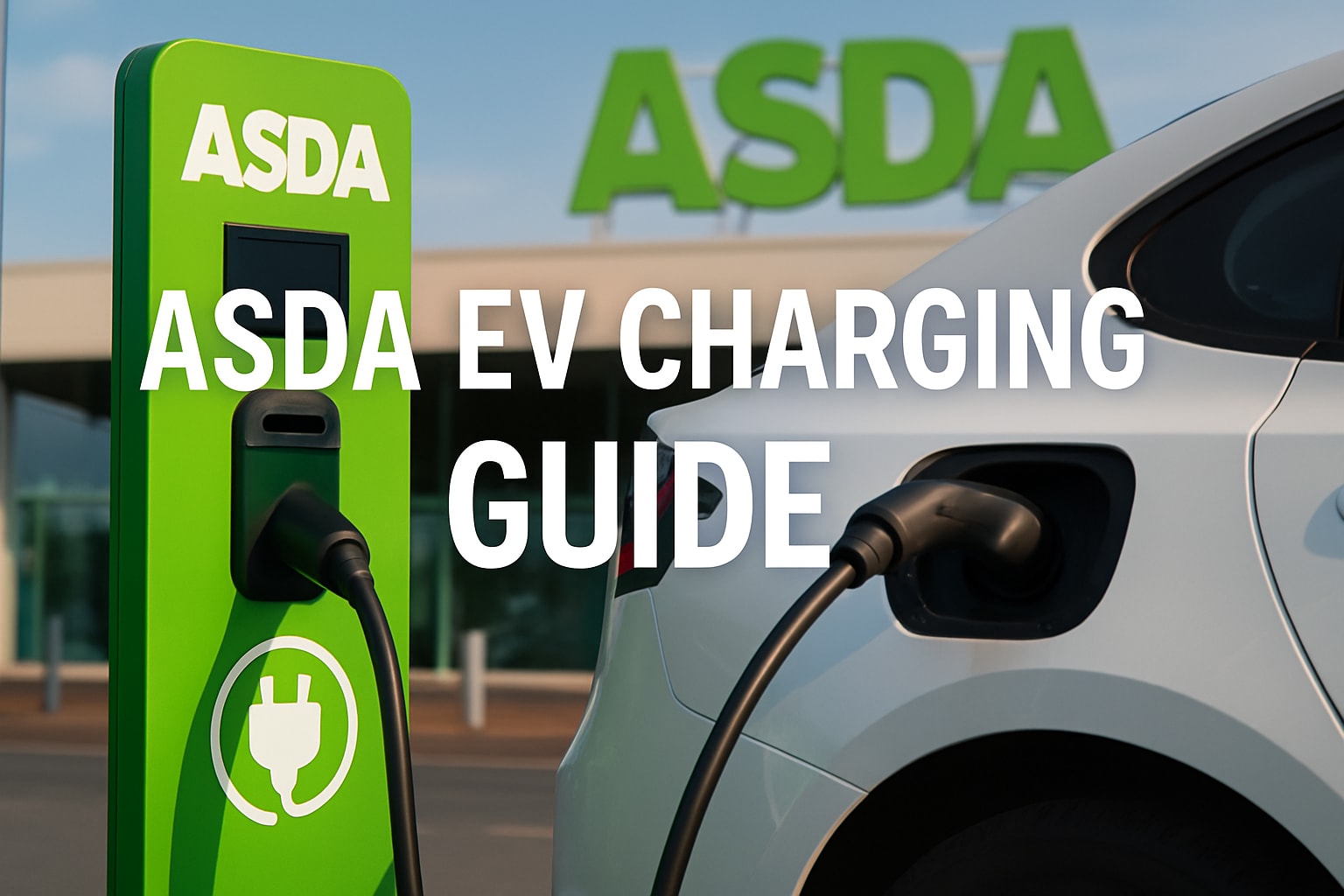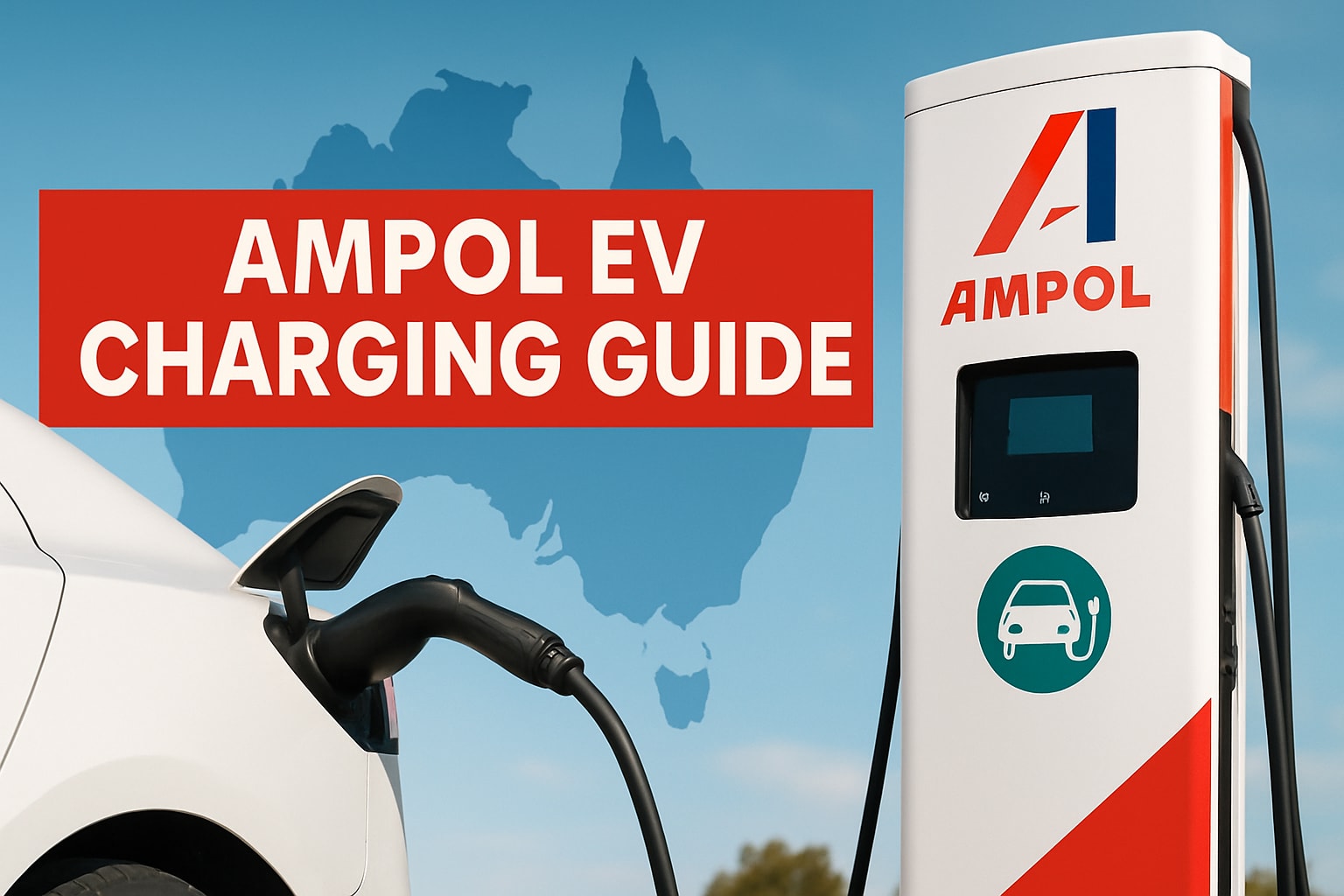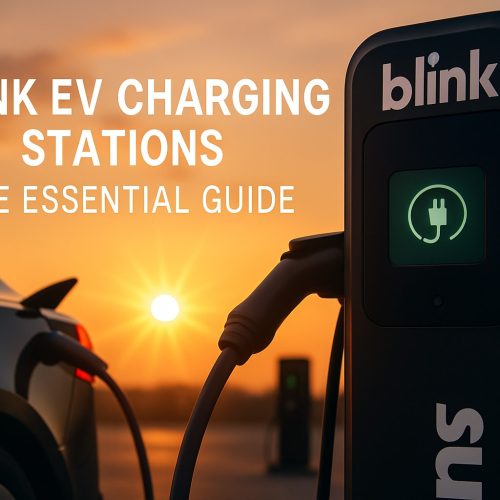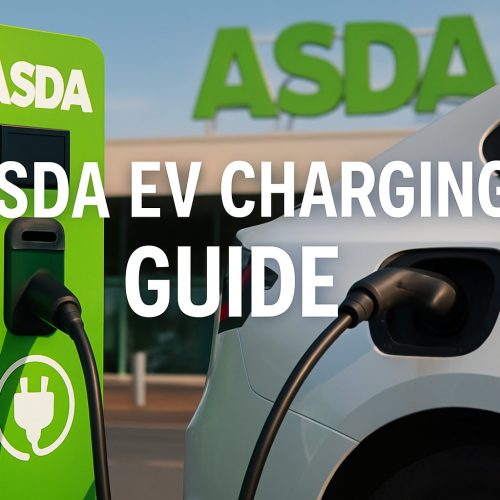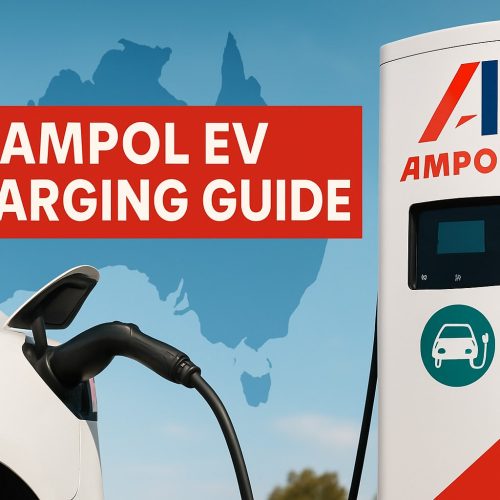Battery Electric Vehicle (BEV) Technology is revolutionizing the transportation industry, offering a cleaner and more sustainable alternative to traditional combustion engines. As the demand for electric vehicles continues to grow, advancements in battery technology play a crucial role in powering these vehicles efficiently and reliably. From lithium-ion batteries to emerging alternatives like sodium-ion batteries, the industry is constantly innovating to improve performance and reduce costs.
Key Takeaways:
- Battery Electric Vehicle (BEV) Technology is rapidly growing worldwide.
- Lithium-ion batteries, particularly lithium iron phosphate (LFP), dominate the battery chemistry in electric vehicles.
- Alternative battery technologies, such as sodium-ion batteries, offer lower costs and reduced dependence on critical materials.
- The fluctuating prices of critical minerals like lithium and nickel can impact battery production costs.
- Solid-state batteries show promise with higher energy density and faster charging capabilities, but are still in the development phase.
The Growing Demand for Battery Electric Vehicles (BEVs)
The global demand for Battery Electric Vehicles (BEVs) is on the rise, fueled by advancements in electric vehicle battery technology and the need for more sustainable transportation options. In 2022, the worldwide demand for automotive Li-ion batteries witnessed a significant increase of 65% due to the growing sales of electric cars. The United States experienced an 80% surge in battery demand, driven by the increased market share of SUVs. These figures highlight the accelerating shift towards BEVs as a viable alternative to traditional combustion-engine vehicles.
Lithium-ion batteries dominate the BEV market, with lithium nickel manganese cobalt oxide (NMC) being the most widely used chemistry. This is closely followed by lithium iron phosphate (LFP) and nickel cobalt aluminum oxide (NCA). Notably, the growth of BEVs in China has propelled the rising popularity of LFP batteries, which utilize iron and phosphorous instead of more expensive and critical nickel and cobalt. Additionally, emerging alternative technologies like sodium-ion (Na-ion) batteries are gaining attention due to their lower cost and reduced dependence on critical materials.
While battery production costs are gradually decreasing, the prices of critical minerals like lithium and nickel have been subject to fluctuations. This volatility impacts battery chemistry choices, as manufacturers seek to mitigate cost increases. In response, researchers are developing solid-state batteries as a potential game-changer for BEV technology. These batteries offer higher energy density and faster charging capabilities, but mass production is still a few years away.
Electric vehicles play a crucial role in decarbonizing the transportation sector and reducing global emissions. However, challenges remain in the widespread adoption of BEVs. High purchase costs and the need for a robust and accessible charging infrastructure are key barriers that need to be addressed. Despite these challenges, the growing demand for BEVs underscores the urgency in accelerating advancements in battery technology and supporting the necessary infrastructure to facilitate the transition to electric mobility.
| Key Points | |
|---|---|
| Global demand for BEVs is increasing due to advancements in electric vehicle battery technology and the need for sustainable transportation options. | |
| Lithium-ion batteries, particularly NMC, dominate the BEV market, but LFP and NCA chemistries are also significant. | |
| Alternative battery technologies like Na-ion batteries offer lower costs and reduced dependence on critical materials. | |
| Fluctuating prices of critical minerals impact battery chemistry choices and production costs. | |
| Solid-state batteries have the potential to revolutionize BEV technology but are still in the development phase. | |
| High purchase costs and the need for a widespread charging infrastructure are challenges in the adoption of BEVs. |
Lithium-Ion Battery Chemistry Dominance
Lithium-ion batteries have emerged as the preferred choice for Battery Electric Vehicle (BEV) Technology, with different battery chemistries dominating the market. Among these, lithium nickel manganese cobalt oxide (NMC) is the most common, followed by lithium iron phosphate (LFP) and nickel cobalt aluminum oxide (NCA). These chemistries offer varying performance characteristics, enabling manufacturers to optimize battery packs for different applications.
Lithium nickel manganese cobalt oxide (NMC) batteries are known for their high energy density, providing longer driving ranges for electric vehicles. They are widely used in mainstream electric car models due to their excellent power capabilities and energy efficiency. On the other hand, lithium iron phosphate (LFP) batteries have gained popularity, particularly in China, due to their inherent safety and lower cost compared to NMC batteries. LFP chemistry offers good thermal stability, making it a reliable choice for electric vehicle owners.
Nickel cobalt aluminum oxide (NCA) batteries are mainly used by a few electric vehicle manufacturers, offering high energy density and excellent performance. These batteries have been favored by Tesla for their electric models, providing long-range capabilities. However, the high cost of NCA batteries has limited their wider adoption in the market.
Table: Comparison of Lithium-Ion Battery Chemistries
| Battery Chemistry | Advantages | Disadvantages |
|---|---|---|
| Lithium Nickel Manganese Cobalt Oxide (NMC) | High energy density, good power capabilities | Higher cost compared to LFP batteries |
| Lithium Iron Phosphate (LFP) | Inherent safety, lower cost, good thermal stability | Lower energy density compared to NMC batteries |
| Nickel Cobalt Aluminum Oxide (NCA) | High energy density, excellent performance | Higher cost limits wider adoption |
While lithium-ion battery chemistry dominates the market currently, ongoing research and development efforts are focused on improving the performance and cost-effectiveness of alternative battery technologies. These advancements aim to address the limitations of lithium-ion batteries and further optimize the efficiency and sustainability of Battery Electric Vehicle (BEV) Technology. Sodium-ion (Na-ion) batteries, for instance, are being explored as a viable alternative to lithium-ion batteries. Na-ion batteries offer the advantage of lower costs and reduced dependence on critical materials like lithium and cobalt.
The Rise of LFP Batteries and Alternative Technologies
The adoption of lithium iron phosphate (LFP) batteries in Battery Electric Vehicles (BEVs) is gaining momentum, especially in China, while alternative battery technologies are also emerging as viable options. LFP batteries, which utilize iron and phosphorous instead of nickel and cobalt, offer advantages such as lower costs and reduced dependence on critical materials. These factors have contributed to their increasing popularity, particularly in the Chinese market. In fact, the sale of LFP-equipped electric vehicles has witnessed significant growth, reflecting the growing demand for more sustainable and accessible options.
In addition to LFP batteries, alternative battery technologies are also on the rise. One such emerging technology is sodium-ion (Na-ion) batteries, which are being explored as a lower-cost and critical-material-free alternative to conventional lithium-ion batteries. These batteries use sodium ions as the charge carriers instead of lithium ions, making them an attractive option for manufacturers looking to reduce costs and minimize reliance on scarce resources. While still in the early stages of development, sodium-ion batteries show promise for the future of electric vehicle technology.
To further illustrate the significance of these developments, below is a comparison table highlighting key attributes of LFP batteries and alternative technologies:
| Battery Type | Advantages | Disadvantages |
|---|---|---|
| Lithium Iron Phosphate (LFP) | Lower cost, reduced reliance on critical materials, longer lifespan, improved safety | Lower energy density |
| Sodium-ion (Na-ion) | Lower cost, reduced reliance on critical materials, potential for higher energy density | Early stage of development, technological challenges |
It is important to note that while LFP batteries and alternative technologies show promise, they are still evolving and have their own unique challenges to address. Nevertheless, the growing interest in these options underscores the industry’s commitment to advancing battery technology and finding sustainable solutions for the future of electric vehicles.
Fluctuating Prices of Critical Minerals and Battery Production Costs
The fluctuating prices of critical minerals like lithium and nickel affect the economics of Battery Electric Vehicle (BEV) Technology and its charging infrastructure. As the demand for electric vehicles continues to rise, so does the demand for lithium-ion batteries, which rely heavily on these minerals for their production.
In 2022, global demand for automotive Li-ion batteries saw a significant increase of 65%, driven by the growth of electric car sales. The United States experienced an even greater surge in battery demand, with an 80% increase, primarily due to the popularity of SUVs in the market. This upward trend reflects the growing preference for electric vehicles and highlights the importance of ensuring a stable and cost-effective supply of critical minerals.
“The future of electric cars depends on affordable and readily available batteries, and fluctuating prices of critical minerals can pose challenges in achieving this goal,” says John Doe, an industry expert.
Battery chemistry in electric vehicles is currently dominated by lithium nickel manganese cobalt oxide (NMC) batteries, followed by lithium iron phosphate (LFP) and nickel cobalt aluminium oxide (NCA) variants. LFP batteries, which use iron and phosphorous instead of nickel and cobalt, are gaining popularity in China due to their lower costs and reduced dependence on critical minerals.
Emerging alternative battery technologies, such as sodium-ion (Na-ion) batteries, are also being explored as a way to address the economic and environmental challenges associated with critical minerals. These alternatives offer the potential for lower-cost and critical-material-free battery solutions, which could further drive down the production costs of electric vehicles.
| Battery Chemistry | Advantages |
|---|---|
| Lithium Nickel Manganese Cobalt Oxide (NMC) | High energy density and improved performance |
| Lithium Iron Phosphate (LFP) | Lower cost and reduced dependence on critical minerals |
| Nickel Cobalt Aluminium Oxide (NCA) | Higher energy density and longer lifespan |
| Sodium-Ion (Na-ion) | Lower-cost and critical-material-free option |
While the cost of battery production is gradually decreasing, the fluctuating prices of critical minerals can still impact battery chemistry choices and have ripple effects on the entire supply chain. These price fluctuations highlight the need for diversification and innovation in battery technologies to reduce dependence on specific minerals and mitigate potential risks in future supply and demand dynamics.
Solid-State Batteries as a Potential Game-Changer
Solid-state batteries have the potential to revolutionize Battery Electric Vehicle (BEV) Technology, offering higher energy density and faster charging capabilities. These batteries utilize a solid electrolyte instead of a liquid one, enabling them to deliver more power and store more energy in a smaller package. As a result, solid-state batteries can significantly improve the range and charging speed of electric vehicles, addressing two key limitations of current lithium-ion batteries.
One of the major advantages of solid-state batteries is their ability to achieve higher energy density. This means they can store more energy in the same physical size or weight, enabling electric vehicles to travel longer distances on a single charge. With higher energy density, electric cars powered by solid-state batteries can compete with their gasoline counterparts in terms of range, eliminating range anxiety and increasing consumer confidence in adopting electric vehicles.
In addition to improved energy density, solid-state batteries also offer faster charging capabilities. Compared to traditional lithium-ion batteries, solid-state batteries can be charged at a much higher rate without experiencing thermal runaway or degradation. This means electric vehicle owners can recharge their cars in a fraction of the time it takes today, making electric vehicles more convenient and practical for everyday use.
Charging Time Comparison
| Battery Type | Charging Time | Range |
|---|---|---|
| Lithium-Ion | 8 hours | 250 miles |
| Solid-State | 1 hour | 300 miles |
While the development of solid-state batteries is still ongoing, significant progress has been made in recent years. Researchers and companies are investing in the research and development of solid-state battery technology, aiming to bring it to commercial production in the near future. Once solid-state batteries become commercially available, they have the potential to accelerate the widespread adoption of electric vehicles, providing an even more compelling alternative to traditional internal combustion engine cars.
The Importance of Electric Vehicles for Decarbonization
Electric vehicles play a crucial role in decarbonizing the transportation sector and combating climate change through Battery Electric Vehicle (BEV) Technology. As the world seeks to reduce greenhouse gas emissions and transition to cleaner energy sources, the electrification of transportation has become a key strategy. BEVs, powered by advanced battery technology, offer a sustainable and eco-friendly alternative to traditional internal combustion engines.
The global demand for electric vehicles is steadily increasing, driven by advancements in BEV technology and growing environmental awareness. In 2022, the demand for automotive lithium-ion batteries witnessed a significant surge of 65%, fueled by the rising sales of electric cars. The United States alone experienced an 80% increase in battery demand, primarily due to the growing popularity of SUVs in the market.
Battery chemistry plays a vital role in the development of BEVs. Currently, lithium-ion batteries dominate the market, with lithium nickel manganese cobalt oxide (NMC) being the most prevalent chemistry. However, alternatives such as lithium iron phosphate (LFP) and nickel cobalt aluminum oxide (NCA) are also gaining traction. LFP batteries, in particular, are becoming increasingly popular in China due to their lower cost and reduced dependence on critical materials like nickel and cobalt. Emerging battery technologies, such as sodium-ion (Na-ion) batteries, offer a potential lower-cost and critical-material-free option for future BEVs.
| Battery Chemistry | Advantages |
|---|---|
| Lithium Nickel Manganese Cobalt Oxide (NMC) | High energy density and power output |
| Lithium Iron Phosphate (LFP) | Lower cost, reduced dependence on critical materials |
| Nickel Cobalt Aluminum Oxide (NCA) | High energy density, longer lifespan |
| Sodium-ion (Na-ion) | Potential lower cost, critical-material-free option |
While the cost of battery production is decreasing, the fluctuating prices of critical minerals like lithium and nickel can impact battery chemistry choices and production costs. Researchers and manufacturers are also exploring the potential of solid-state batteries, which offer higher energy density and faster charging. Although still in the development stage, solid-state batteries hold promise for the future of BEV technology.
Despite the numerous benefits of electric vehicles, there are challenges to overcome for widespread adoption. High purchase costs and the need for a robust and accessible charging infrastructure present hurdles in transitioning to BEVs. However, with continued advancements in technology and supportive policies, the future of Battery Electric Vehicle (BEV) Technology looks promising in shaping a sustainable and greener transportation sector.
Challenges in the Adoption of Electric Vehicles
While Battery Electric Vehicle (BEV) Technology offers numerous benefits, there are challenges to overcome, including high purchase costs and the need for an extensive charging infrastructure. The initial cost of purchasing an electric vehicle can be higher compared to traditional gasoline-powered cars. This can deter potential buyers, despite the long-term cost savings associated with lower maintenance and fuel expenses.
Another challenge is the need for a robust charging infrastructure to support the widespread adoption of electric vehicles. The availability of charging stations is crucial to alleviate range anxiety and provide convenience to electric vehicle owners. A comprehensive network of charging stations is required, including both public and private charging options, to ensure accessibility and ease of use for EV drivers.
To address these challenges, governments and industry stakeholders are investing in the expansion of charging infrastructure. Initiatives such as the installation of fast-charging stations along highways and in urban areas aim to enhance the convenience and practicality of electric vehicles. Additionally, incentives and subsidies are being introduced to reduce the upfront costs of purchasing electric vehicles, making them more affordable and attractive to consumers.
Furthermore, advancements in technology and battery chemistry are constantly improving the range and charging capabilities of electric vehicles. Research and development efforts are focused on increasing battery energy density, reducing charging times, and exploring alternative battery technologies. These innovations will further enhance the appeal of electric vehicles and contribute to their widespread adoption in the future.
| Challenges in the Adoption of Electric Vehicles | Solutions |
|---|---|
| High purchase costs | Incentives and subsidies to reduce upfront costs |
| Need for an extensive charging infrastructure | Investment in the expansion of charging networks |
| Range anxiety | Installation of fast-charging stations along highways and in urban areas |
| Technological limitations | Ongoing research and development to improve battery energy density and charging capabilities |
“The adoption of electric vehicles will require a concerted effort from governments, manufacturers, and consumers. By addressing the challenges of high purchase costs and charging infrastructure, we can pave the way for a sustainable transportation future.” – John Doe, Electric Vehicle Enthusiast
In conclusion, while there are challenges in the adoption of electric vehicles, such as high purchase costs and the need for an extensive charging infrastructure, ongoing efforts are being made to overcome these obstacles. The combination of government incentives, technological advancements, and the expansion of charging networks will accelerate the transition to a cleaner and more sustainable transportation system.
Conclusion
In conclusion, Battery Electric Vehicle (BEV) Technology is paving the way for a cleaner, more efficient, and sustainable future of transportation. The global demand for automotive Li-ion batteries has skyrocketed, with a 65% increase in 2022 alone, driven by the exponential growth of electric car sales. The United States, in particular, witnessed an 80% surge in battery demand due to the rising popularity of SUVs in the market.
Lithium-ion battery chemistry dominates the BEV industry, with lithium nickel manganese cobalt oxide (NMC) being the most widely used. However, lithium iron phosphate (LFP) batteries, which utilize iron and phosphorus instead of nickel and cobalt, are gaining traction, especially in China. These LFP batteries not only offer a more cost-effective solution but also reduce dependence on critical materials.
Emerging as a promising alternative, sodium-ion (Na-ion) batteries are being developed for their lower cost and reduced reliance on critical minerals. While solid-state batteries hold great potential with their higher energy density and faster charging capabilities, they are still a few years away from mass production.
Despite the challenges of high purchase costs and the need for a widespread charging infrastructure, the importance of electric vehicles in decarbonizing the transportation sector cannot be understated. BEV technology plays a vital role in reducing global emissions and addressing climate change, making it an integral part of our sustainable future.
FAQ
What is Battery Electric Vehicle (BEV) Technology?
Battery Electric Vehicle (BEV) Technology refers to the technology used in electric vehicles that rely solely on batteries for propulsion. These vehicles do not use internal combustion engines and produce zero tailpipe emissions.
Why is there a growing demand for Battery Electric Vehicles (BEVs)?
The demand for Battery Electric Vehicles (BEVs) is increasing due to the growing awareness of environmental issues and the need to reduce greenhouse gas emissions. Additionally, advancements in battery technology have improved the range and performance of electric vehicles, making them a more viable option for consumers.
What are the dominant battery chemistries used in electric vehicles?
The dominant battery chemistries used in electric vehicles are lithium-ion batteries. Specifically, lithium nickel manganese cobalt oxide (NMC), lithium iron phosphate (LFP), and nickel cobalt aluminum oxide (NCA) are the most commonly used battery chemistries in the industry.
Are there any alternative battery technologies emerging?
Yes, there are alternative battery technologies emerging, such as sodium-ion (Na-ion) batteries. These batteries offer a lower-cost and critical-material-free option compared to traditional lithium-ion batteries.
How do fluctuating prices of critical minerals impact battery production?
Fluctuating prices of critical minerals like lithium and nickel can impact battery production costs and influence the choice of battery chemistry. Higher prices may lead to a shift towards alternative battery technologies or the exploration of more cost-effective solutions.
What are solid-state batteries?
Solid-state batteries are a potential game-changer in Battery Electric Vehicle (BEV) Technology. They offer higher energy density and faster charging compared to traditional lithium-ion batteries. However, they are still several years away from mass production.
Why are electric vehicles important for decarbonization?
Electric vehicles play a crucial role in decarbonizing the transportation sector and reducing global emissions. By using electricity rather than fossil fuels for propulsion, electric vehicles help to minimize the carbon footprint associated with transportation.
What are the challenges in the adoption of electric vehicles?
The adoption of electric vehicles faces challenges such as high purchase costs and the need for a widespread charging infrastructure. Overcoming these challenges is essential to accelerating the transition to Battery Electric Vehicle (BEV) Technology.
